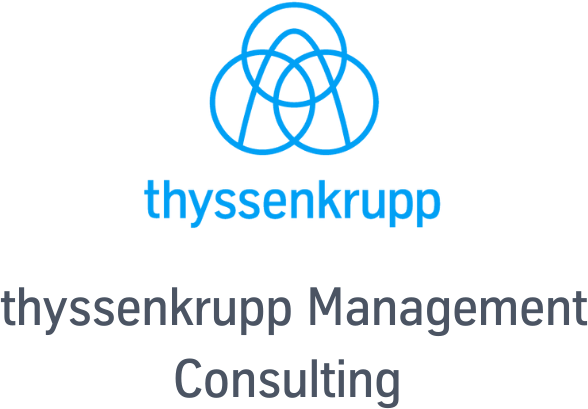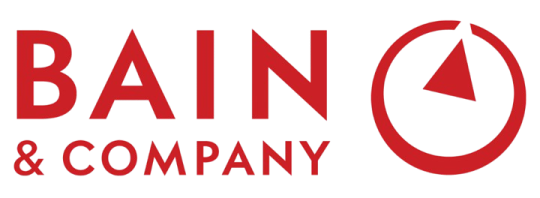Understanding how to determine a company's value is a crucial skill in strategy consultingstructured approach to valuation is essential. While full-scale valuation analyses are rare in case interviews, you may still be asked questions like, "How much would you pay for company XY?" or "Is this offered price reasonable?" Let's take a closer look on how to approach valuation in a case interview:
The Most Common Methods of Valuing Are the Discounted Cash Flow (DCF) and the Industry Multiple Method
Since case interviews are designed to test structured thinking rather than financial modeling skills, you won’t be expected to conduct a full valuation. Instead, you’ll likely need to estimate the worth of a company, product, patent, or service, often with limited data. Your task is to provide a logical and well-reasoned valuation rather than an exact figure.
Discounted Cash Flow Method
The first valuation method is the Discounted Cash Flow Method. This method shows how much money you would have in your savings account at a certain interest rate in order to provide you with the same annual cash flow generated by the company that is being evaluated.
To calculate this, you divide projected annual cash flows by an appropriate discount rate (or interest rate). Naturally, the discount rate for a business investment is higher than that of a savings account because investing in a company carries more risk.
👉 For more details on how to use the Discounted Cash Flow (DCF) method, have a look at our Net Present Value (NPV) lesson
Industry Multiple Method
The Industry Multiple Method provides a relative valuation by comparing a company to similar businesses in the industry. This is especially useful when additional factors—such as brand value or strategic positioning—affect valuation beyond simple cash flow calculations.
For example, football teams are often overvalued compared to their financial returns because their brand, fan base, and sponsorship potential add intangible value. The industry multiple method accounts for such variations.
The process involves:
- Identifying a relevant financial metric (e.g., revenue, EBITDA, or book value).
- Finding the average multiple for similar companies (e.g., P/E ratio, EBITDA multiple).
- Multiplying the chosen metric by the industry multiple to estimate value.
Example: Price-to-Book Ratio (P/B)
If a company’s assets are valued at $200 million but it was sold for $100 million, the price-to-book ratio is 0.5 (100M ÷ 200M). By averaging this ratio across comparable companies, you can estimate a reasonable valuation for a target firm.
Other commonly used valuation multiples include:
- Price-to-Earnings Ratio (P/E)
- EV/EBITDA Multiple
Since precise calculations aren’t required in case interviews, you don’t need to memorize industry-specific multiples. However, a rough understanding can help:
- A typical industry multiple can be EBITDA × 10.
- Discount rates vary from 3% (inflation level) to 20% (high-risk investments).
Key Takeaways
- Use the Discounted Cash Flow (DCF) method to value a firm based solely on its expected profits.
- Use the industry multiple method to double-check if the DCF valuation is reasonable. Sometimes other aspects need to be factored in like brand value, customer loyalty, liabilities, etc.
- There are several types of industry multiples to choose from. For more precise valuation, choose more types of industry multiples.
Practice M&A cases to optimize your valuation-techniques:



